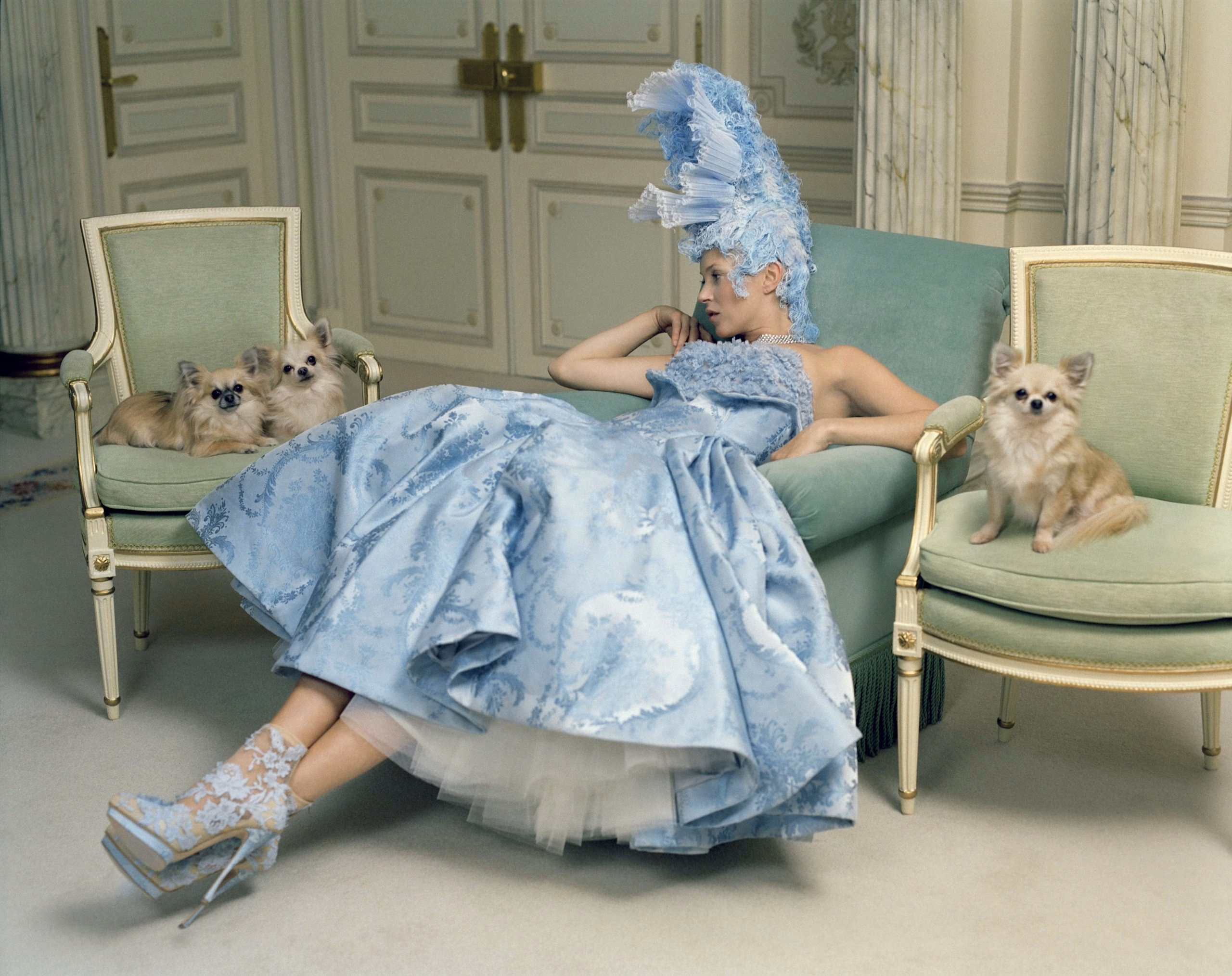👑 A Face History Never Knew
London’s Victoria & Albert Museum (V&A) invites us into the wardrobe of history’s most controversial queen with its “Marie Antoinette Style” exhibition. Dazzling jewels, silken fabrics, and objects that reflect the miraculous craftsmanship of the era… Yet as you leave the show, one question lingers: beneath all this splendour, who exactly was Marie Antoinette?
Although the exhibition texts describe her as “history’s most fashionable, most studied, and most debated queen,” every detail seems to make her own agency evaporate. She is a patron of the arts, a style icon, yes — but every action is presented in the passive voice.
At fourteen she “entered” the French court wearing a magnificent gown. (The dress was ordered by her mother.)
In her era, innovative cuts “enhanced” the sparkle of gemstones. (She did not cut the stones herself.)
Absurdly exaggerated wigs like “Triumph of Liberty” are merely “associated” with her. (There is no confirmation she created them.)
The exhibition presents Antoinette as little more than a function: to bear the dynastic heir and to decorate her court as beautifully as possible.


🦢 The Triumph of Craftsmanship, the Absence of Personality
The first room feels like a temple dedicated to the most inventive artisans in fashion history. Corsets as wide as my neck, impeccably preserved tiny shoes… This aesthetic grandeur lays bare the genius of the era’s tailors and jewellers.
Yet, as the text itself points out, even the portrait said to be the truest likeness of Antoinette’s face shows only “a young face without a defining age or identifying feature” — proof of how little importance was ever placed on recording her as a real person. She was less a human being than a piece of public-stage scenery.
Curator Sarah Grant’s reluctance to venture into that “damned revolutionary history” or any socio-political background — keeping the focus firmly on style — only deepens this void.
Perhaps there truly is no evidence left to construct her personality; perhaps a personality was never granted to her in the first place.

🩸 The Corridor from Splendour to the Guillotine
The exhibition is divided into two sections. The first, fully living up to its Manolo Blahnik sponsorship, is pink, glittering, and looks like it stepped straight out of an ASMR video. The second, draped in pastel greens, is a fashion time tunnel showing how the queen’s style has seeped into the present day (from Galliano to Chanel).
Separating the two is a blood-red passage. Like a birth canal, it delivers visitors into a room containing a (rather cool!) model of a French guillotine and photographs of the queen’s severed head (rather chilling!).
Yet even in this striking visual transition, there is not a single panel explaining why she was executed — that is, the historical and political causes of the little event known as the Revolution. The curators show Antoinette’s end but never tell us how she got there.
The exhibition’s true triumph undoubtedly lies in the art of preservation. The pristine interiors of shoes from that period and the magnificent gowns from the V&A’s own collection (especially the silver wedding dress on loan from the Swedish Royal Armoury) are worth the admission price alone.
But amid all these dazzling fabrics and accessories, Marie Antoinette remains nothing more than a cipher. The fate hidden in the exhibition’s title remains unchanged here: history never truly knew her as a person, and this show will not alter that fact either.














